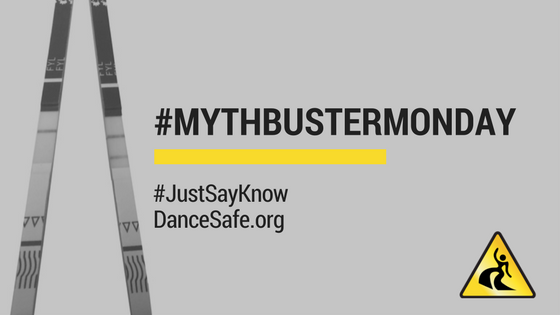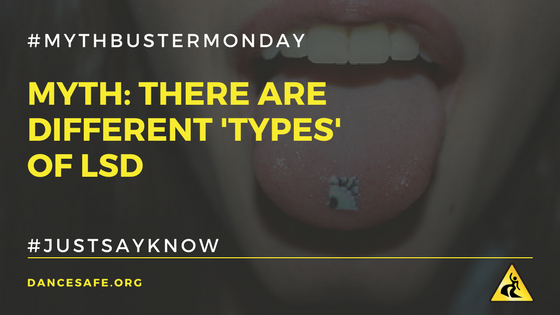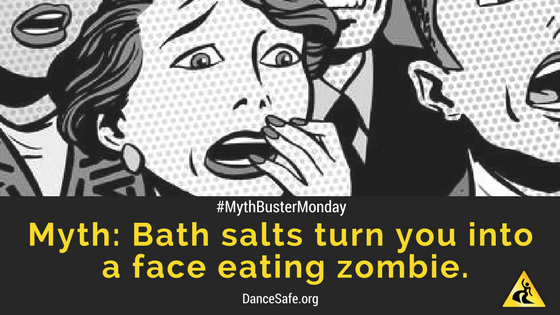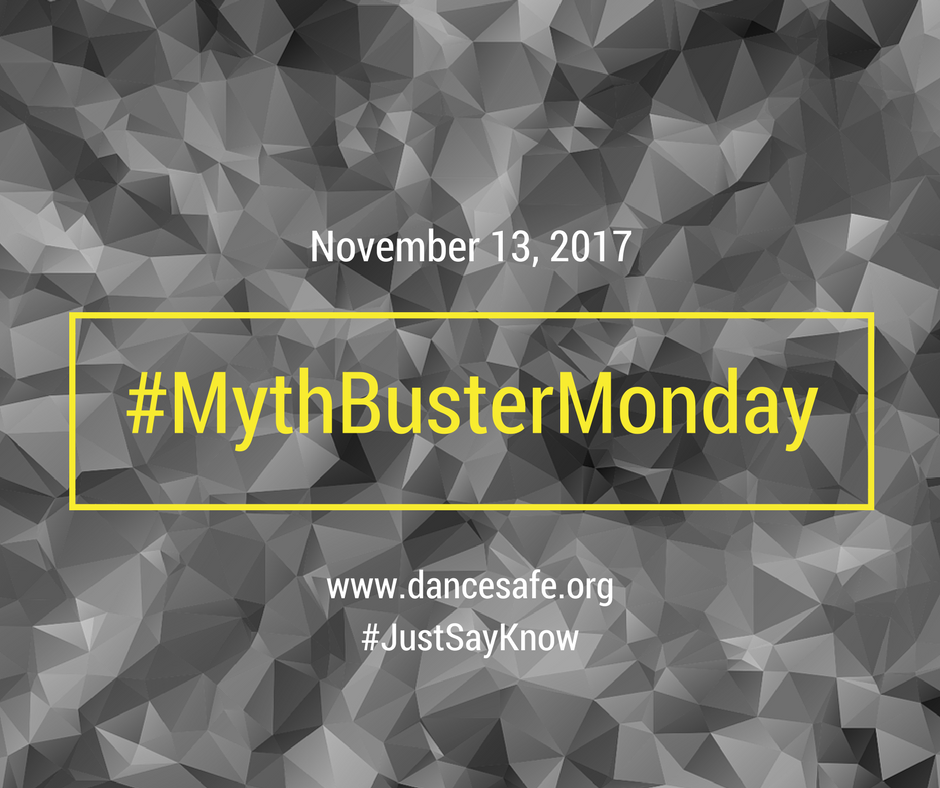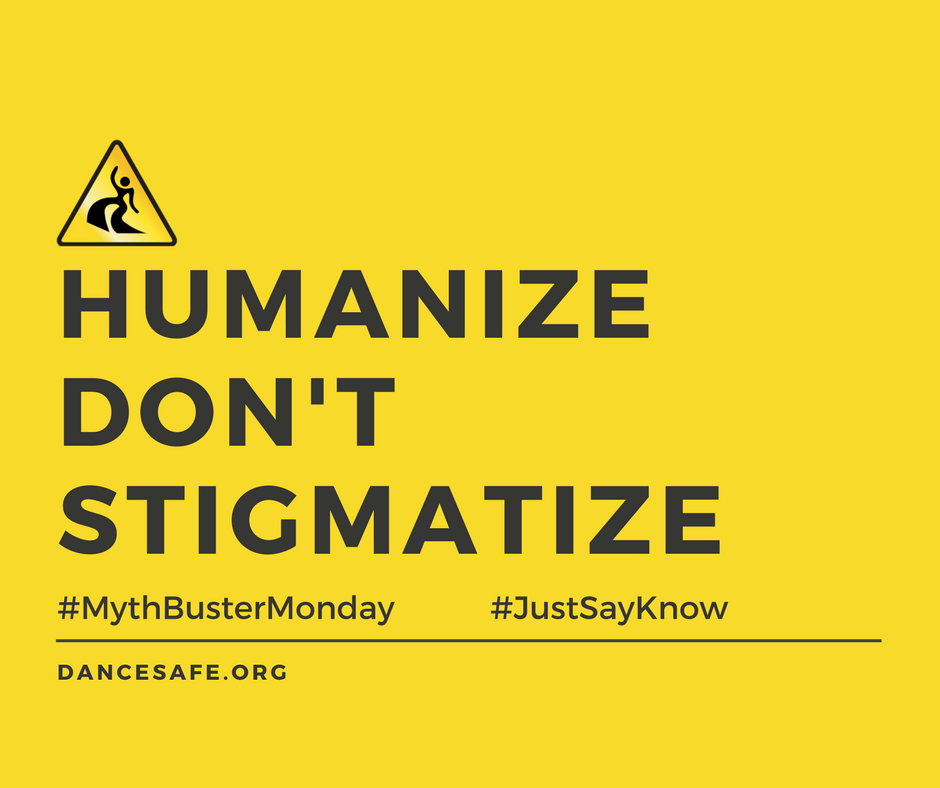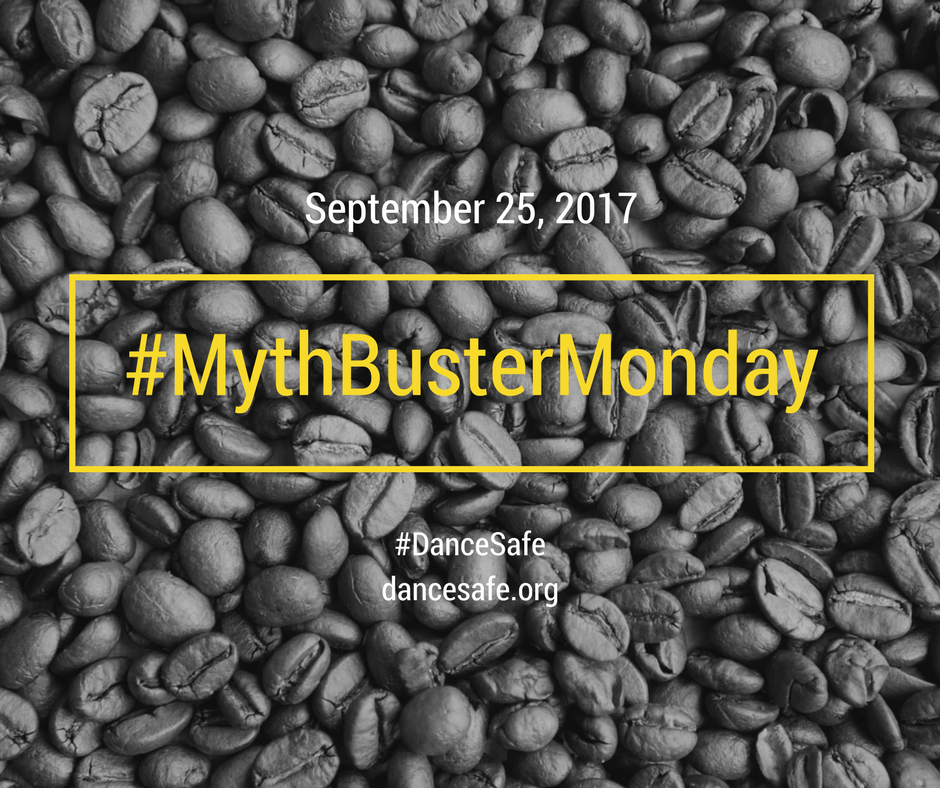Myth: You Can’t Test for Fentanyl in Street Drugs
Yes, you can and should test your drugs for fentanyl! With the rise of fentanyl-cut drugs on the black market, testing your substances is more important than ever. Fentanyl, a potent synthetic opioid knowingly fatal at low quantities, is being used recklessly as an adulterant in heroin, and now more recently in cocaine, across the United States and Canada. Understandably, some people may be under the impression that there is no way to test for fentanyl as it is not detectable with current drug checking reagents, the most common form of drug checking available to the public. And up until pretty recently,...

